Pakistan, India trade potential remains untapped
Kamran Khan says Indo-Pak trade could reach $37B, but political tensions keep economic ties frozen
News Desk
The News Desk provides timely and factual coverage of national and international events, with an emphasis on accuracy and clarity.
Pakistan and India, two of South Asia’s largest economies, remain locked in a political standoff that has stymied trade for years, despite their geographic advantage and economic potential. The two neighbors, whose relationship has been marred by decades of conflict, halted formal trade relations in 2019.
Pakistan’s decision to suspend trade with India has led to an economic disconnect that has forced both countries to rely on third-party nations for essential imports, often at higher costs.
The World Bank estimated in 2018 that bilateral trade between the two countries could reach $37 billion annually under normal conditions. However, trade has never surpassed $2.2 billion, with India historically accounting for 80% of exports in this exchange.
Before trade was cut off, Pakistan imported cotton, pharmaceuticals, chemicals, and food items from India, while India sourced cement, salt, fruits, dates, and leather from Pakistan. With formal trade halted, unofficial channels, including smuggling and indirect imports through third countries, have become the norm.
Historically, Pakistan and India maintained a positive-list trade arrangement, allowing for limited goods to be exchanged. In 2011, the Pakistani cabinet under then-Prime Minister Yousaf Raza Gilani agreed to grant India MFN status, but the decision was never implemented. Meanwhile, India upheld Pakistan’s MFN status for 23 years before withdrawing it in 2019.
Despite the ongoing political impasse, attempts to revive trade have surfaced. In March 2021, then-Finance Minister Hammad Azhar announced Pakistan’s plan to resume importing cotton and sugar from India, a decision quickly reversed by the federal cabinet. More recently, Pakistan’s Foreign Minister Ishaq Dar expressed an interest in reconsidering trade ties, but no concrete steps have followed.
Regional comparisons
Economic experts argue that trade and political disputes can coexist, citing examples like China and the U.S., whose trade volume reached $575 billion in 2023 despite strategic rivalries. Similarly, China and Taiwan engaged in $165 billion worth of trade in the same period, even as Beijing refuses to recognize Taipei as an independent nation.
China and India, despite border clashes and past military conflicts, conducted $136 billion in trade in 2022, making China India’s largest trading partner. Analysts suggest that Pakistan and India could adopt a similar model, where economic cooperation progresses even as political disputes remain unresolved.
Uncertain future
While business leaders and economists advocate for reopening trade, political realities continue to dictate the economic relationship. Some analysts argue that powerful multinational corporations, international exporters, and third-party trading hubs benefit from the ongoing deadlock, discouraging a direct economic corridor between Islamabad and New Delhi.
With no formal negotiations in sight, the future of Pakistan-India trade remains uncertain. Unless both governments take meaningful steps toward engagement, economic potential will continue to be overshadowed by geopolitical tensions.


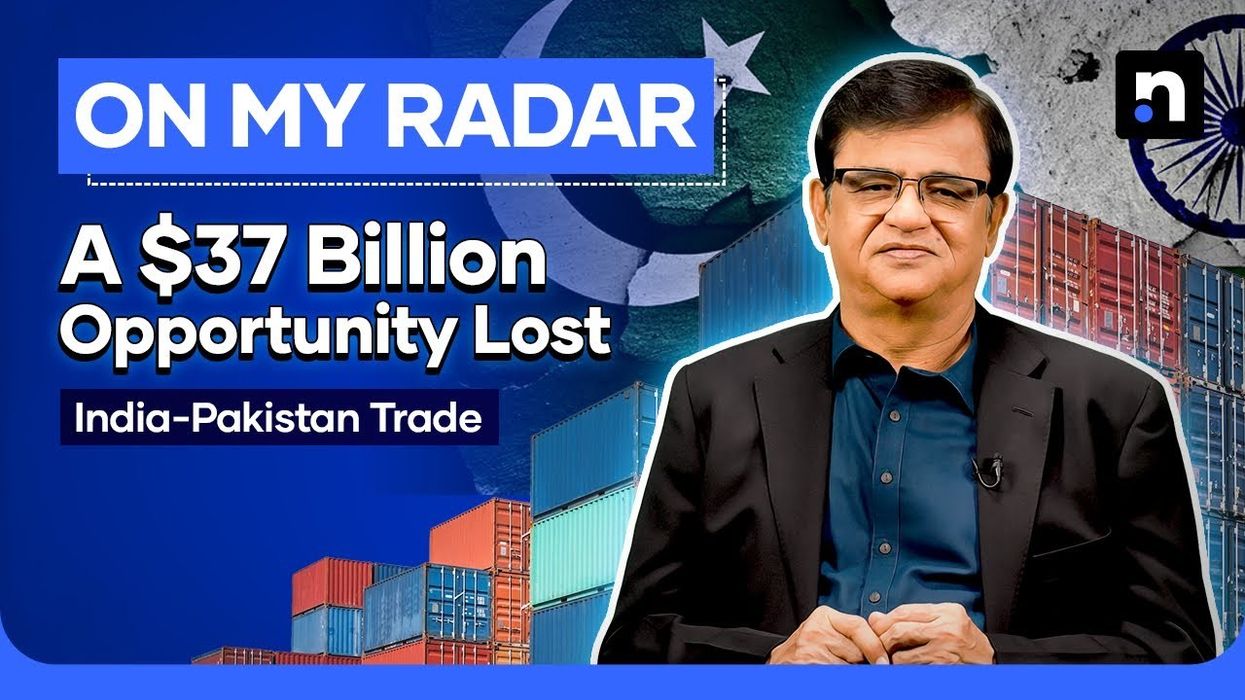


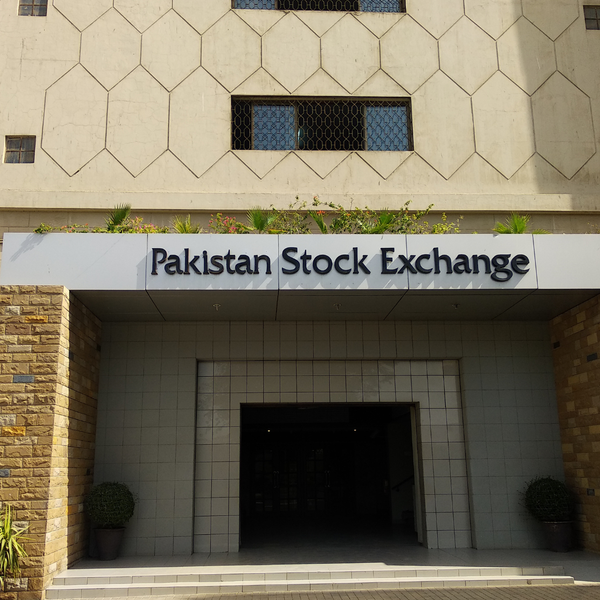
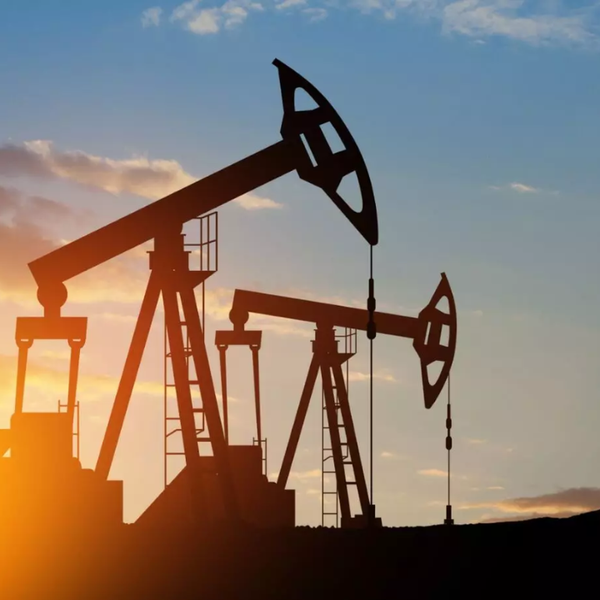

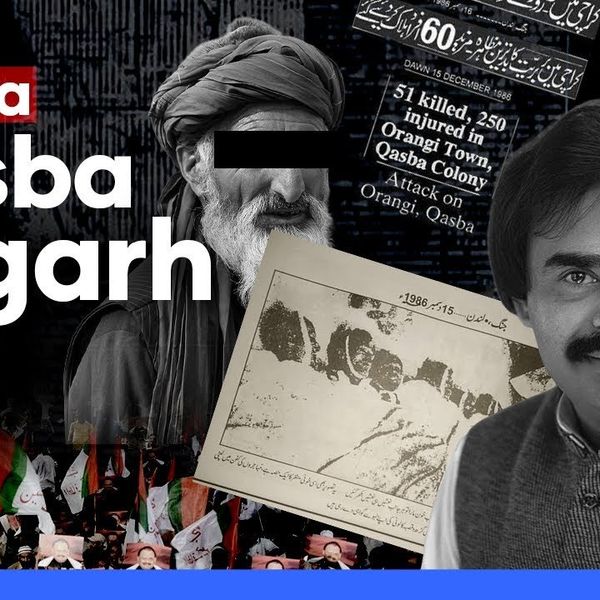
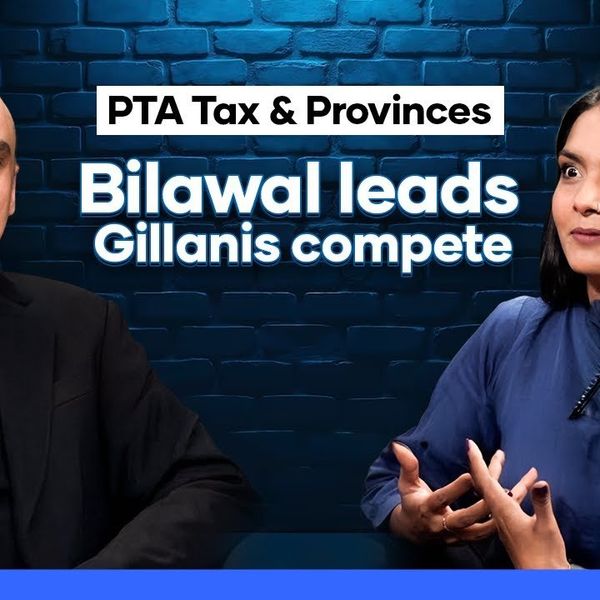

Comments
See what people are discussing